
- Pipe
- Bridges & Structures
- Walls
- Stormwater Management
- Erosion Control
- Start a Project
- Knowledge Center
- Technical Documents

Proper pipe jointing is a critical aspect of designing and installing sanitary sewer systems – especially in the sizeable diameters of 30” and larger. The large joints of these systems play a pivotal role in preventing issues related to infiltration and exfiltration, which can have detrimental effects on the overall functionality of the infrastructure. Inflow and infiltration (I&I) during rain events can lead to capacity issues at wastewater treatment plants, causing severe backups in the system and sanitary sewer overflows (SSOs).
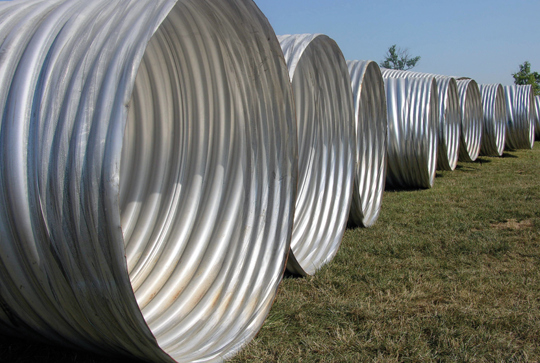
The notion of bolstering safety factors in pipe design to compensate for subpar installation practices is a complex issue with various considerations. The effectiveness of buried flexible metal and plastic pipe systems hinges on a synergy between pipe strength and the surrounding soil support. Design procedures already integrate safety factors, emphasizing the vital role of proper installation in ensuring performance. Relying solely on increased pipe wall strength in design won't mitigate poor installation practices.
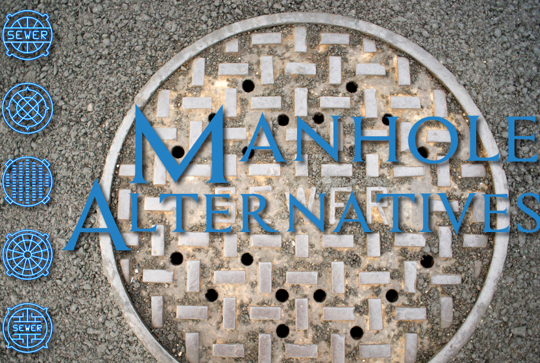
The world of sanitary and storm sewers has seen a growing need for larger diameters to carry water. As pipe sizes increase, designing manway access becomes more challenging as larger pipes necessitate larger manholes or concrete boxes. It's not uncommon to resort to cast-in-place structures as the primary solution, which can be both time-consuming and expensive. However, with ongoing technological advancements and the increased use of thermoplastic pipe materials, alternative manhole solutions have been steadily gaining popularity. Many designers and regulators are recognizing the benefits of exploring alternatives to the traditional standard concrete manhole or box structures.
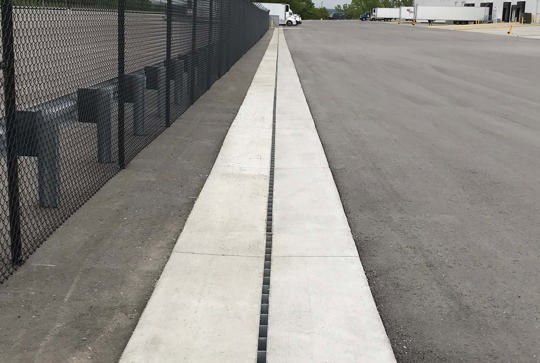
Fall is finally here! The sun rises a little later and sets a little sooner, the days and nights become cooler. This causes the leaves to change color, and we get to see the brilliance of nature. This is my favorite time of the year for several reasons but most especially it means it’s Football season. The gridiron of gladiators is truly the best sport on the planet. September, October and November tailgates at the stadium are awesome that is, of course, if it isn’t raining.

As a Gen-Xer, I am old enough to remember a time without cellphones, when getting connected with someone on the telephone literally meant being confined to a corded phone. Sometimes this was not very enjoyable - like trying to have a conversation with your crush on the kitchen wall phone (it had the longest cord) without mom trying to listen in or travelling in an unfamiliar area desperately searching for a working payphone.
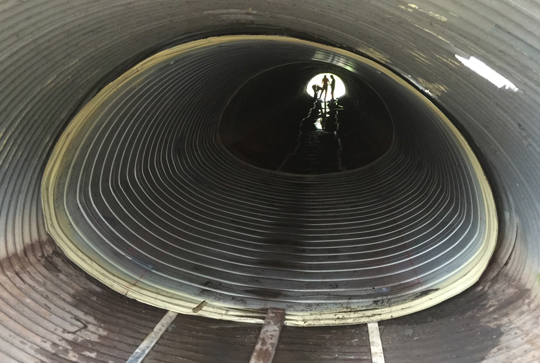
When a culvert or storm sewer reaches the end of its useful service life, the option to excavate and replace is commonplace. However, having the additional option to reline the existing structure to provide a structural solution can save significant time and money. A key to determining whether or not to excavate and replace or to structural reline an existing pipe is to assess the condition of the current pipe.
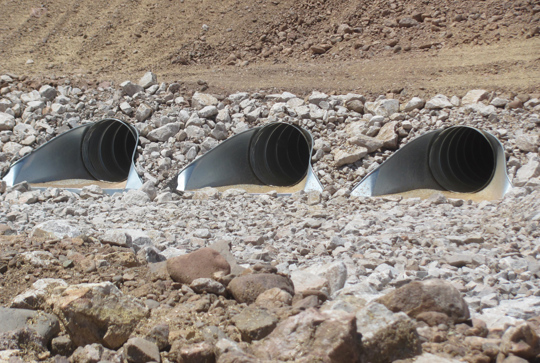
In the realm of construction products, an ongoing discussion among engineers, contractors, and project partners often centers around the strength of different materials. Traditionally, strength has been associated with products that remain rigid and unyielding under load, such as reinforced concrete walls or heavy steel beams.
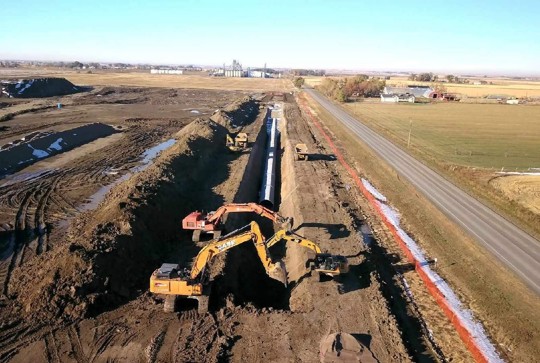
We recently held a Pipe webinar on Irrigation Canals entitled, "Irrigation Solutions | Sustainable Management of Our National Resources," and we wanted to include just a few key points here on the Pipe Blog that may be of particular interest to those of you who missed it. Irrigation districts are increasingly deciding to pipe existing open channels to save water, reduce maintenance, and improve public safety. There are a few ways that this can be accomplished, from reinforced concrete pipe (RCP) and large-diameter fiberglass pipe to steel reinforced polyethylene (SRPE).
SUBSCRIBE
The Pipe Blog is featured on the Contech Site Solutions Newsletter. Get insights, news, tip & tricks delivered directly to your inbox. Sign Up Today to Receive.